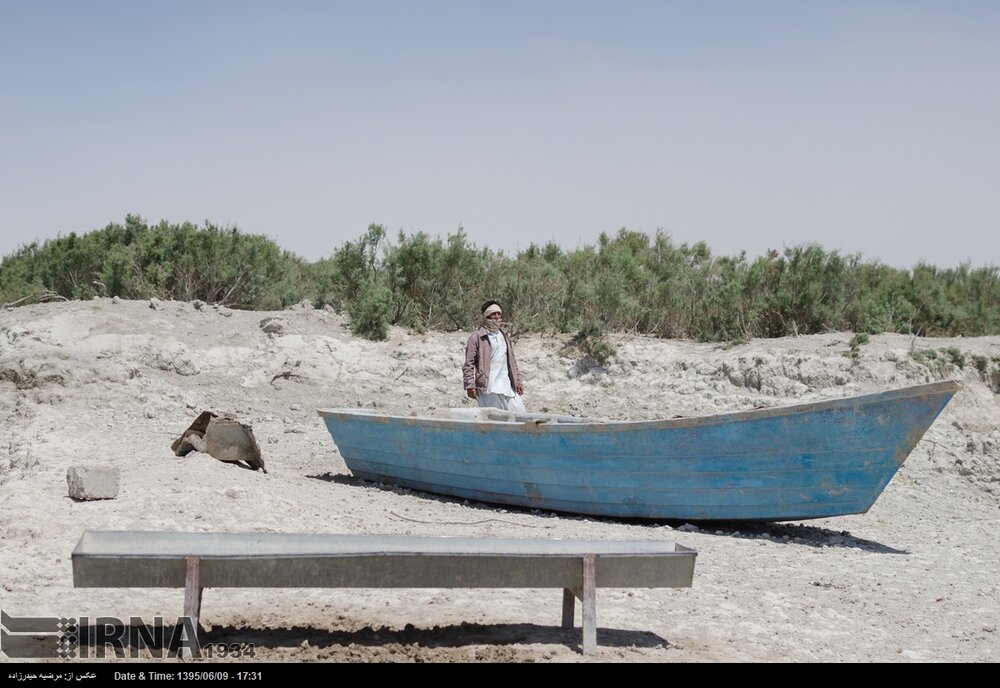Dried Hamoun affects both Iran and Afghanistan: official

TEHRAN – Hamoun wetland’s dryness is a transnational issue that involves both Iran and Afghanistan, Arezoo Ashrafizadeh, director of the office for wetlands at the Department of Environment, has said.
“Natural ecosystems do not know borders and countries, and all countries must adhere to its guidelines. The inflow of water from Afghanistan depends on the flood and we want this water to pass through the natural path,” she said.
The consequences of the drying-up Hamoun will affect both countries and the region, and will lead to problems such as sand and dust storms, she lamented, expressing hope that the problem will be solved through water diplomacy and the pursuit of the responsible institutions.
Iran-Afghanistan water dispute
The Hamouns are transboundary wetlands on the Iran-Afghan border made up of three lakes: Hamoun-e Helmand, which is entirely in Iran, Hamoun-e Sabari on the border, and Hamoun-e Puzak, almost entirely inside Afghanistan. The three lakes are linked and fed by water from the Helmand River which starts in the Hindu Kush Mountains in Afghanistan.
According to the Atlantic Council (an American think tank in the field of international affairs) disputes over water between Iran and Afghanistan date to the 19th century when Afghanistan was a British protectorate. Frederick Goldsmith, a British officer, drew the Iran-Afghan border along the main branch of the Helmand River.
In 1950, Iran and Afghanistan created the Helmand River Delta Commission with the task of measuring and dividing river flow between the two countries. In 1951, the Helmand River Delta Commission presented its report, recommending that Iran’s share of the Helmand waters amount to twenty-two cubic meters per second. Iran, however, rejected the report, asking for a larger share.
In 1973, the then Iranian prime minister, Amir Abbas Hoveida, and his Afghan counterpart Mohammad Musa Shafiq signed an accord that accepted the flow of water into Iran at twenty-two cubic meters per second with an option for Iran to purchase an additional four cubic meters per second in normal water years.
In return, Iran agreed to allow the ports of Bandar Abbas and Chabahar to be available to Afghanistan without preconditions. However, this agreement was neither ratified nor fully implemented due to the political developments in both countries including a 1973 coup in Afghanistan, the 1979 Iranian revolution, the Soviet occupation of Afghanistan that same year, and finally the rise of the Taliban in 1995.
In the last two decades, once fertile wetlands have drastically dried up. The Taliban government closed the sluices to the Kajaki Dam on the Helmand until 2002, which aggravated the impact of the worst drought the region has experienced in many decades, brought about partially by climate change and warming temperatures.
The Hamoun wetlands, which once supported broad plant and animal diversity and was the main source of the region’s economic viability, have nearly dried up due to climate change, dam construction, and other poor water management practices. This has led to large population migrations and a high unemployment rate.
FB/MG
